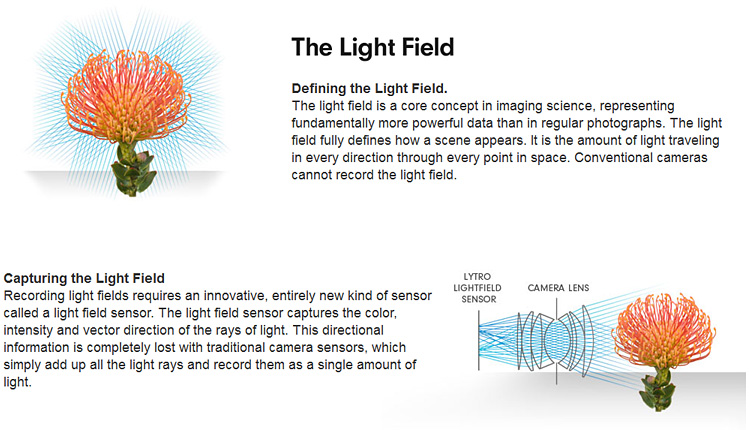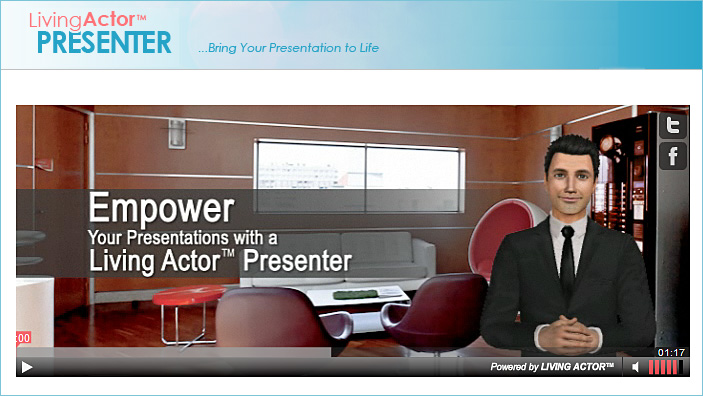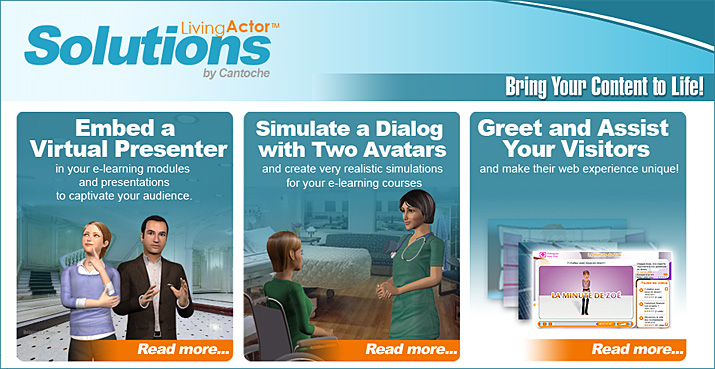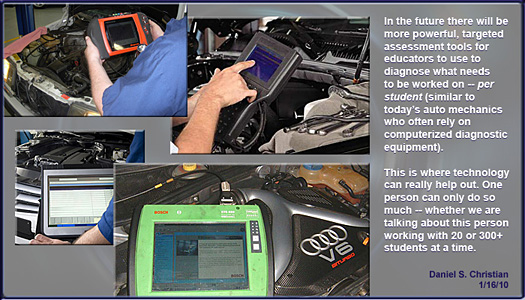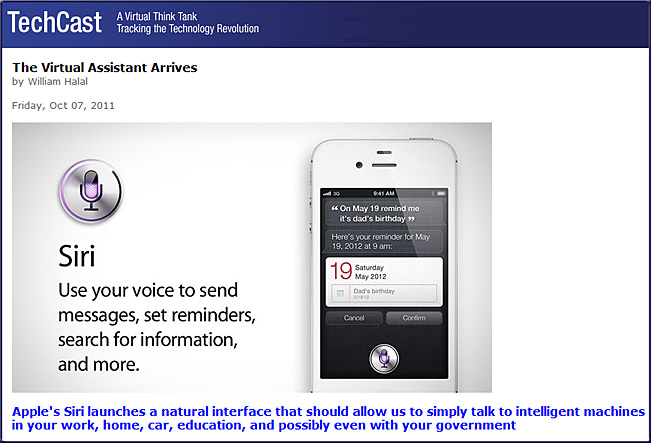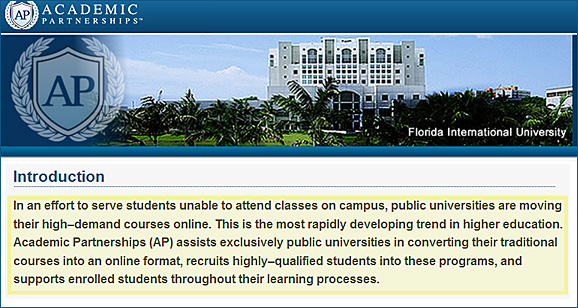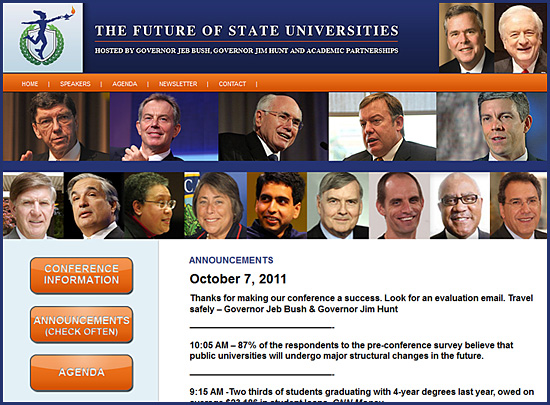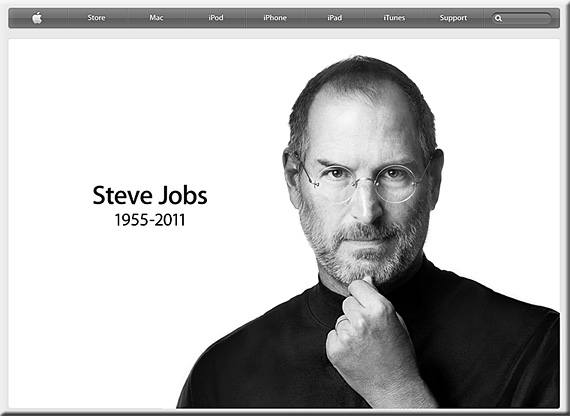Thinking about innovation in higher education — from Tony Bates
Excerpt:
This article by Peter Stokes, an executive vice-president at Eduventures, has some interesting ideas about how to promote real innovation in the higher education system. In principle, he’s suggesting US Federal funding for a conventional public institution to set up a parallel organization to test alternative ways of organizing, delivering and assessing teaching and learning, but within the Federal regulatory environment to stop diploma mills benefiting from the funding.
Also see:
- Want innovation? Remove the barriers –– from Inside Higher Ed by Peter Stokes
Addendums later on 10/28/11:
- Where’s the Innovation: Part 1 (Dr. Peter Smith)
In my next three blogs, I will discuss, with examples, the obstacles faced by existing institutions when they try to innovate, where innovation has already begun and where innovation will come from in the future.
…
What makes this moment in time so compelling is that, just as we see the need for a vastly better educated citizenry, the tools to do just that have been revolutionized by the web. For the first time, the tools to drive change and improve learning lie beyond the scope and the control of the academy, in the community which surrounds it. So, for the first time in our history, colleges and universities do not control either the conversation or the drive to innovate. As a consequence, also for the first time, if they stand still, they will be left behind, bobbing in the wake of rapid change (emphasis DSC).
- Where will innovation begin? — from the Chronicle by Jeff Selingo
If there was any question that the current model for the vast majority of colleges is not sustainable for much longer, two pieces of news this past week should give the remaining skeptics yet more evidence (emphasis DSC).
.
First was the news from a survey of economists that Americans’ incomes, which have dropped some 7 percent since 2000, aren’t expected to even recover those losses until 2021. What’s more, a third of the respondents to the survey said today’s college grads would fare worse than their parents’ generation.
.
Then earlier this week we saw news reports of a previously published study on household debt by the Federal Reserve Bank of New York, which predicted that the total amount of student-loan debt would hit $1-trillion before the end of the year.









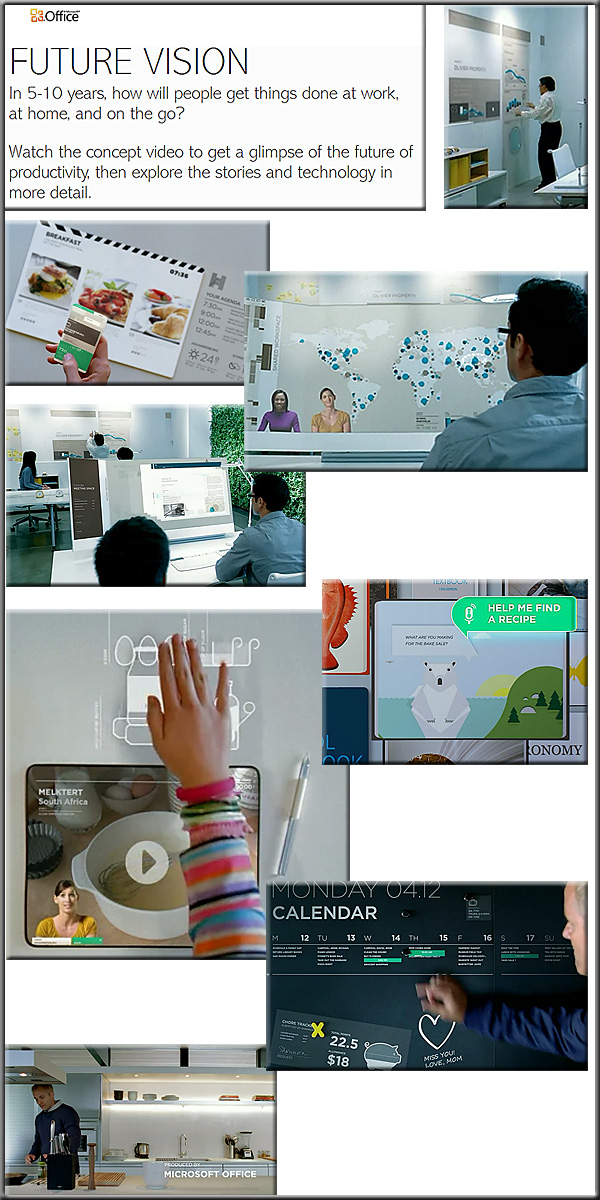
 “I finally cracked it,” Steve Jobs told his biographer Walter Isaacson just months before his death. He was referring to the design and functionality of television, something Jobs had long wanted his company to reimagine.
“I finally cracked it,” Steve Jobs told his biographer Walter Isaacson just months before his death. He was referring to the design and functionality of television, something Jobs had long wanted his company to reimagine.

